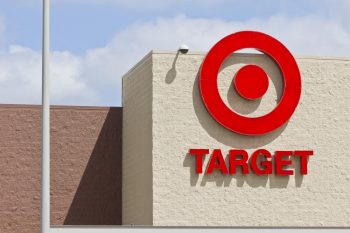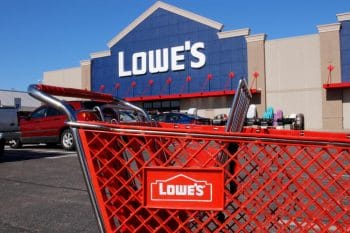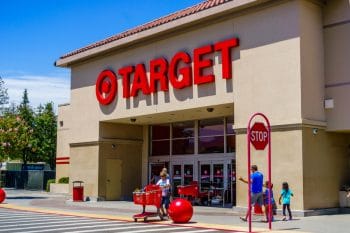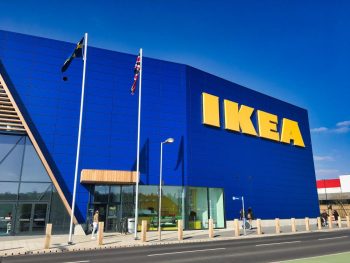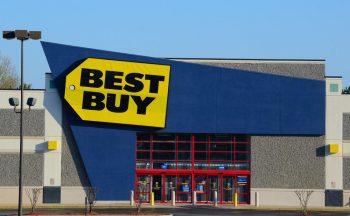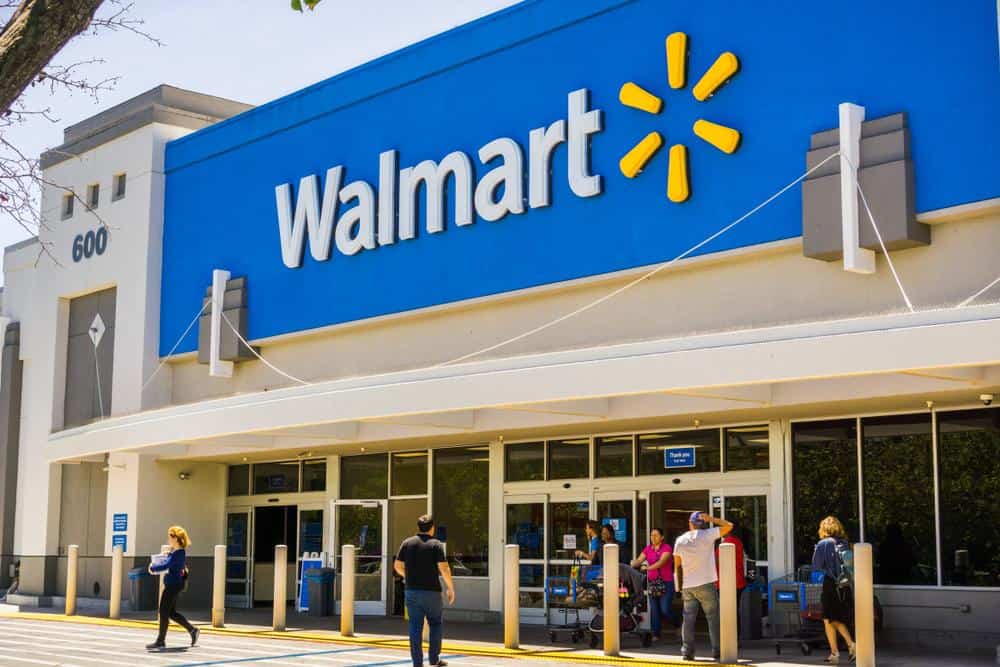
Walmart, the world’s largest retailer, has carved a niche for itself in the global market with its cost leadership strategy. This strategy, which focuses on offering goods and services at lower prices than its competitors, is primarily achieved through various methods, including efficient supply chain management, economies of scale, low-price leadership, and limited product differentiation.
Walmart uses a cost leadership strategy by leveraging its economies of scale, efficient supply chain, and low-price leadership. This strategy involves buying goods in bulk at lower prices, ensuring fast delivery of goods from suppliers to stores, offering goods and services at lower prices than competitors, and minimizing operating costs. Walmart also uses its significant market power to negotiate price concessions from suppliers, which are passed on to customers as reduced prices.
Economies of Scale
Walmart leverages its size to offer customers discounted prices. The company purchases goods in bulk from suppliers, negotiating lower prices than what smaller retailers can obtain. This approach, known as economies of scale, is a cornerstone of Walmart’s cost leadership strategy.
Efficient Supply Chain
Walmart’s extensive network of suppliers and efficient supply chain ensures fast delivery of goods from suppliers to stores, resulting in higher customer satisfaction and loyalty. The company invests in supply chain optimization, digitization, and infrastructure to provide customers with “everyday low prices”.
Low-Price Leadership
Walmart’s core strategy is low-price leadership, which involves offering goods and services at lower prices than its competitors. This strategy is supported by the company’s value chain strategy, which includes efficient inbound and outbound logistics, streamlined distribution, and inventory management.
Limited Product Differentiation
With a focus on low costs and prices, Walmart’s retail services are common and poorly differentiated from the services of other retailers, allowing them to target a broad customer base.
Low Operations Costs
Walmart has historically focused on minimizing operating costs, such as labor and overhead expenses, to maintain low prices for its customers. The company also implements cost-saving measures, such as changing the way it buys shopping bags, which saves $60 million annually.
Bargaining Power
As a large company, Walmart has significant market power, allowing it to demand price concessions from its suppliers. This bargaining power enables the company to pass on some of these savings to customers in the form of reduced prices in its stores.
High Sales Volume
Walmart’s EDLP (Every Day Low Prices) strategy increases sales volume, which in turn helps reduce operational costs.
Direct Sourcing
Walmart’s EDLP strategy is built on direct sourcing, allowing them to bypass traditional middlemen and negotiate lower prices from manufacturers.
Challenges and Solutions
Despite its success, Walmart’s cost leadership strategy does come with challenges, such as increased competition, rising costs, and changing customer preferences. The company addresses these challenges by focusing on efficient supply chain management, economies of scale, supplier collaboration, limited product differentiation, cost control, technological innovation, and expansion into new markets.
Conclusion
Walmart’s cost leadership strategy has proven successful, enabling the company to offer customers value beyond price. By leveraging its size, efficient supply chain, and low-price leadership, Walmart has managed to maintain its position as the world’s largest retailer, making shopping more accessible and enjoyable for customers worldwide.
In conclusion, Walmart’s cost leadership strategy is a masterclass in retail strategy and offers valuable insights for businesses looking to compete on price and value in a competitive market.
Frequently Asked Questions
What is Walmart’s EDLP strategy?
Walmart’s EDLP (Every Day Low Prices) strategy is a pricing strategy that promises consumers consistently low prices on products, without the need for sales, promotions, or negotiations. It’s one of the key components of Walmart’s cost leadership strategy.
What is meant by efficient supply chain management in the context of Walmart’s strategy?
Efficient supply chain management refers to Walmart’s efforts to streamline the process of getting goods from manufacturers to Walmart stores. This includes optimizing logistics, improving supplier relationships, and investing in technology to track and manage inventory more effectively.
How does Walmart’s cost leadership strategy affect its product offering?
Due to its cost leadership strategy, Walmart tends to offer products that are common and not highly differentiated. This allows them to cater to a broad customer base and keep costs low.
What does Walmart do to minimize its operating costs?
Walmart minimizes its operating costs through measures like efficient labor management, overhead cost reduction, and implementing cost-saving measures, such as changing the way it buys shopping bags to save money.
How does Walmart handle the challenges that come with its cost leadership strategy?
Walmart addresses the challenges of its cost leadership strategy by focusing on efficient supply chain management, leveraging economies of scale, collaborating with suppliers, limiting product differentiation, controlling costs, innovating technologically, and expanding into new markets.



